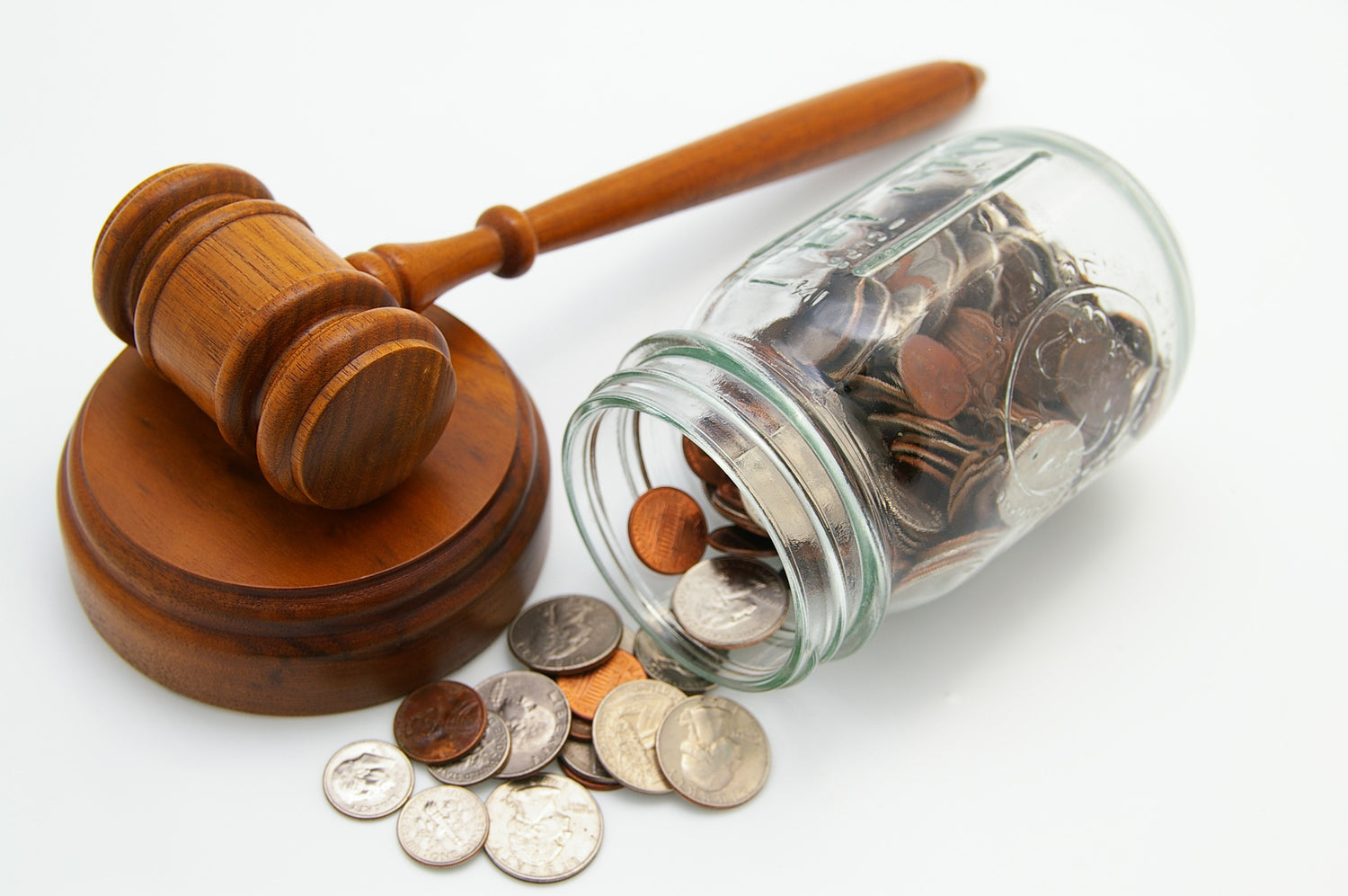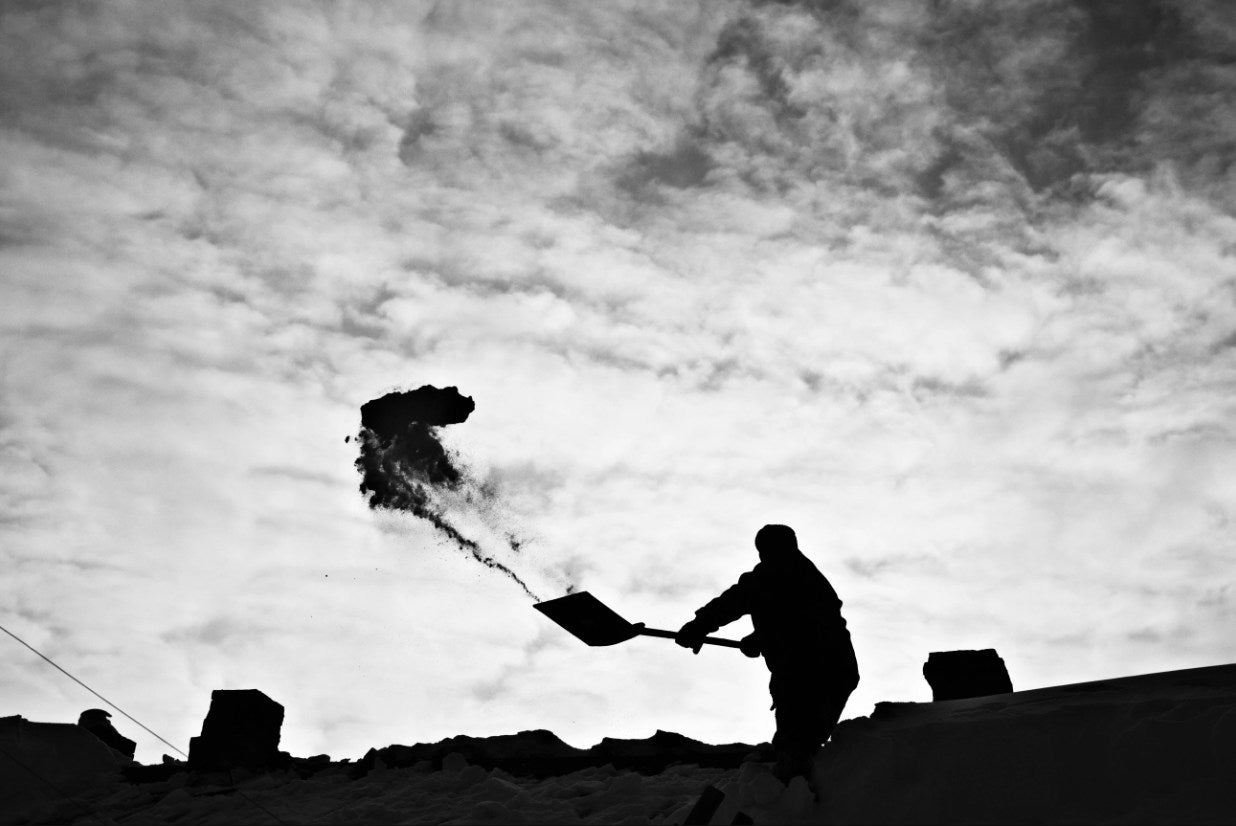
Winter brings with it some legitimate concerns for the safety of your family and of your building due to extreme weather events that may arise. It also, however, brings another kind of concern- a legal concern over being held liable for accidents that may occur on your property.
The question arises, however, as to what exactly a homeowner can be held liable for should someone be injured on his/her premises. The general answer is fairly straightforward: homeowners have a responsibility to ensure that all reasonable safety measures have been taken, so that any obstruction or danger that a reasonable person would consider a likely cause of injury has been removed. This is simply a matter of avoiding negligence, but as applied to homeowners, it is called "premises liability."
Visitors also have a responsibility to exercise caution and take all reasonable steps to avoid an injury, but you cannot count on that to keep you safe legally. You need to survey your home or vacation property, look for all potential hazards, and quickly eliminate them.
Some of the liability dangers to be aware of and some steps you can take to minimize the risk include:
1) Snow-covered sidewalks may create a slip-and-fall hazard. In some states, like Minnesota for example, you are required to remove snow from public sidewalks next to your property within 24 hours of snowfall to avoid liability. In other states, however, removing the snow without salting may create liability while leaving the snow lie still would not. You just have to check up on the local laws that apply to you.
2) Icy driveways and walkways on your premises are your own affair, until you invite a guest. So, take the time to shovel and de-ice before any holiday party is held at your home if not sooner. Use sand (or kitty litter) to add more traction, but remember to use enough salt since sand does not melt ice. Look for patches of black ice to target, and consider laying down snow melting mats along home pathways to keep them clear and dry.
3) Cracked or broken pavement may result from the harsh effects shoveling, plowing, salting, and the freeze/thaw cycle has on your concrete or asphalt. Check for all problems, and if you can't immediately fix them, post a warning sign in the meantime.
4) Pools of water on both sides of the main entryway can result in slips and falls. First, as people shake off their shoes/boots on the welcome mat, the snow accumulates, melts, and re-freezes. A snow melting mat can also be used to avert this danger. Inside, snow also melts off of footwear and forms a slippery puddle- a highly absorbent rug will take care of the problem.
5) Dangerous, dangling icicles on your eaves, especially near where people are likely to walk, can also be a liability risk. If your gutters and/or downspouts are clogged, an ice dam will likely form and overflow with icicles, so clean out your gutters in late fall.
6) Dimly lit areas with snow and ice on the ground can be a real danger. Invest in good outdoor lighting for your front door and driveway, and even consider getting automatic sensor lights.
Wintertime hazards are a danger to you, your family, and to guests, and they are also a major liability risk that you cannot afford to ignore. Take every precaution possible, and have a friend inspect your property if you are out of town.


